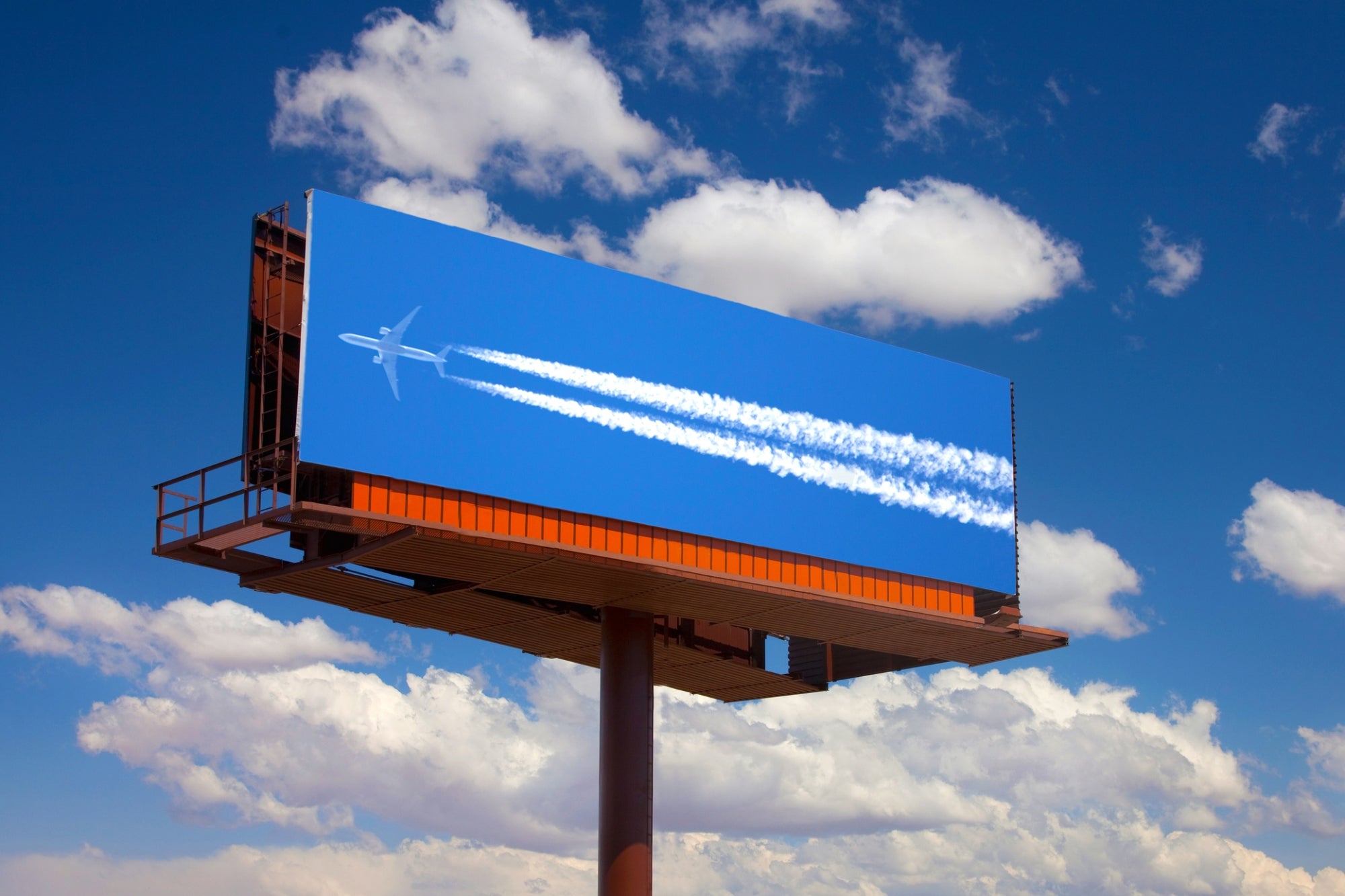Opinions expressed by Entrepreneur contributors are their own.
While lots of people think they know what out-of-home (OOH) is, their perceptions are still stuck in the past. By developing deeper insight into the workings of OOH, you’ll be better equipped to include the channel in your annual strategic marketing plans.
Here’s how to make sense of the OOH landscape, understand its unique characteristics, determine who the key players are in the ecosystem and why a streamlined platform is critical to help you navigate it successfully.
Modern OOH advertising
OOH advertising has a long history dating back to early Egyptian civilizations, but throughout the 20th century, it mainly took the form of billboards. However, as we grew more digitally focused, the medium adapted to give customers a way to experience ads, not just view them.
Modern OOH incorporates the digital component adeptly with programmatic ads, mobile integration, facial recognition and augmented reality trends. Since these options have become achievable, OOH continues to see consistent global growth that shows no sign of slowing. In addition, tracking and measurement capabilities have progressed tremendously, making OOH a compelling way to generate returns on your advertising investment.
Related: 4 Tips for Designing Engaging Out-of-Home Advertising in 2022
The OOH media ecosystem
These days, the OOH environment includes any physical object that can double as an advertising canvas, including traditional billboards, wallscapes, street art, bus shelters and motor vehicles. Ad placement involves multiple media owners and other players, while platforms include digital, static, programmatic or direct-buy options. In addition to all these moving parts, each campaign entails working with designers, developers, buyers and other people to ensure it goes smoothly.
Related: COVID-19 Transforms Out-Of-Home Advertising
Key players on the supply side
The simplest way to understand the OOH ecosystem is to divide key players into two primary operational categories: supply and demand. The supply side of OOH advertising includes media sellers and managers, such as:
-
Media owners and vendors: There are more than 1,100 media companies in the U.S. that own OOH ad units across the entire marketplace. The three largest are Lamar, Outfront and Clear Channel, which together represent around 15% of the inventory available.
Pros and cons: Accessing ad units is highly competitive, and different players provide different levels of value.
Pros and cons: Using a management solution helps media owners organize and track all aspects of the ad buying and selling process in one place.
-
Production companies: Buying and placing OOH ads includes printing, recording and other production methods to deliver materials in the appropriate format, on time and within budget. These processes require significant tracking and control, as well as double- and triple-checking of specifications before going to production.
Multiple large format printing companies exist to produce materials, but getting the best quality for the price often requires an exhaustive bidding and vetting process. One hiccup can lead to costly errors and delays.
Pros and cons: Smart digital integrations can help brands reduce the risk of human error, automate production and streamline delivery more than they could previously.
Other supply-side players in the ecosystem include ad or marketing agencies who develop, plan and schedule the campaigns. Media agencies or trafficking specialists typically manage or outsource logistics, ranging from design, production and delivery of the assets to the monitoring and measurement of results. Installation of creatives is usually handled by media owners, providing the materials arrive in time.
OOH ecosystem: demand side
This is also referred to as the “buy” side of the environment because it applies to OOH buyers. These could be people who represent a brand or company, or a creative or media agency working on behalf of its client.
In the past, buying OOH ad units was a manual process requiring buyers’ representatives to connect with each media owner individually for pricing and other details, for every campaign. This process was time-consuming and lacked transparency because there was no way buyers could compare OOH opportunities against each other.
The scenario changed with the introduction of OOH ad buying platforms, which automate the entire planning and buying process for both traditional and digital OOH. These tools are highly effective and can save buyers up to ten times the amount of time and effort it previously took. This both improves the efficiency of the OOH industry and makes this medium accessible to companies of all sizes. Buyers can manage all campaigns from a central point, with timely data and insights to help determine the value of their OOH advertising.
A new layer of data intelligence
As the OOH space changes, it’s quickly becoming more data-driven. Analytics and other metrics are critical to the success of future campaigns. The new layer of data allows marketers to use location data and measurement solutions to make strategic OOH advertising buys. By purchasing ad units targeting markets and locations, data can help you reach a specific audience segment with a specific message. This is changing how brands view OOH advertising and the value proposition it offers them.
The takeaway
The OOH advertising landscape offers tremendous value to brands if used to its full potential, but it’s complex to navigate and every aspect involves multiple key players. However, technology now presents sophisticated tools for planning, buying and activating your campaigns. Automated platforms allow you to manage, track and measure the results of every campaign with an accuracy you’ve never seen before. This saves time and money while enabling you to get the best return on your marketing spend.




